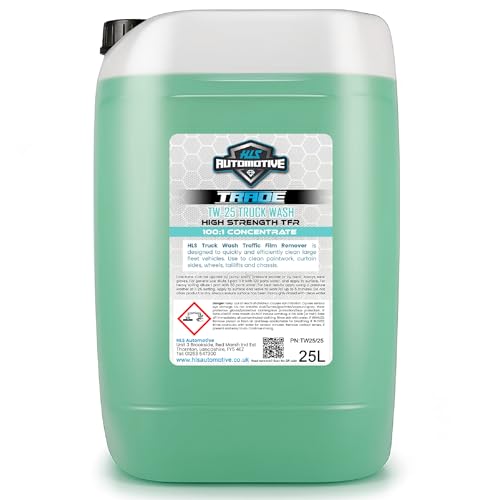

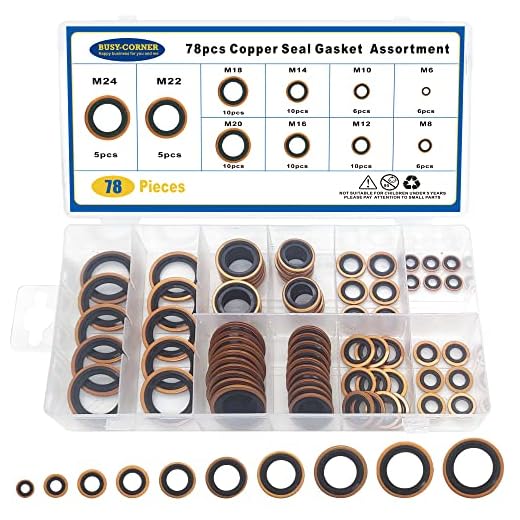

Adjust the unloader valve to regulate the pressure output. This component controls the water flow, preventing the machine from turning on and off erratically. A properly set unloader valve maintains a consistent performance level, reducing unnecessary cycling.
Check the water supply. Insufficient water can cause the motor to work harder, leading to frequent stopping and starting. Ensure a steady flow by inspecting the inlet filter for clogs and making sure the hose is free of kinks.
Inspect the spray gun and nozzle for wear. A damaged or blocked nozzle can disrupt the flow, causing the unit to cycle unexpectedly. Regular maintenance and timely replacement of these parts will enhance overall performance.
Lastly, consider the pressure setting. Setting it too high for the intended task will result in excess strain on the equipment. Adjust the pressure according to the surface being cleaned to promote smoother operation.
Resolve Inconsistent Operation of Your Cleaning Device
To tackle fluctuating performance, first inspect the inlet filter. Often, debris can block water flow, causing the machine to cycle unnecessarily. Remove and clean the filter, ensuring a clear pathway for water entry.
Next, check the unloader valve. A malfunctioning valve may not maintain the appropriate pressure within the system, leading to erratic behaviour. Adjust or replace it as necessary. Pay attention to the spring; if it’s worn, consider replacing it for optimal function.
Evaluate the nozzle size. Using an incorrect nozzle can affect pressure levels. Switch to a nozzle that matches the manufacturer’s specifications for your model, ensuring consistent outcomes during use.
Inspect the hoses for kinks or leaks. Even minor damages can disrupt the flow of water, causing the motor to cycle. Replace any compromised hoses immediately to maintain a stable work environment.
Lastly, ensure the motor is functioning efficiently. An overloaded motor can lead to interruptions in operation. Confirm that the unit is not operating beyond its specified limits, and consider a professional evaluation if the issue persists.
Identifying the Symptoms of Cycling Issues
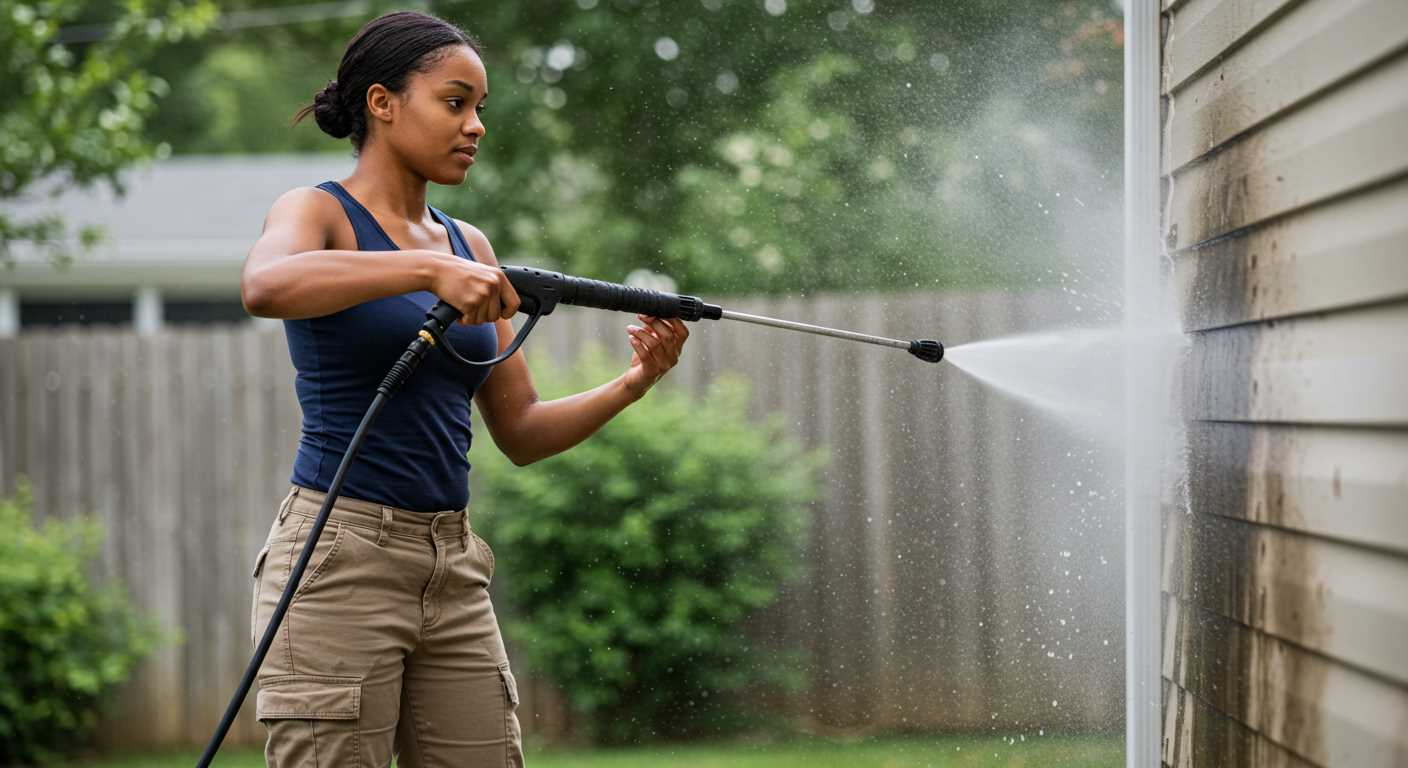
Begin by observing the motor’s performance. If the machine frequently starts and stops without consistent spraying, it indicates a problem. Listen for an unusual noise that may suggest internal malfunctions. Vibration during operation also points to an issue.
Monitor the flow rate. If the water supply is inconsistent or the spray pressure fluctuates, these are clear signs of malfunction. A weak spray or sudden bursts can cause performance interruptions.
Check for leaks around the connections and hoses. Any water escaping from the unit can lead to pressure inconsistencies. Furthermore, inspect the inlet filter. A clogged filter restricts water flow, triggering cycling behaviour.
Evaluate the unloader valve. If it’s stuck or malfunctioning, it often leads to pressure spikes. Additionally, experience reduced water pressure or inability to reach high pressure can be a symptom, hinting at an underlying problem.
Inspect the electrical components as well. Flickering lights or tripped breakers when in use signal electrical faults that may contribute to cycling disruptions.
Lastly, pay attention to the temperature of the motor. Overheating can indicate that the unit is struggling and may cycle as a protective measure. Addressing these symptoms promptly can prevent further complications.
Checking for Blockages in Hoses and Nozzles
Begin by disconnecting the equipment from its power source and water supply. Inspect the hoses for any visible obstructions, such as dirt, debris, or kinks that could restrict flow. Use a flashlight if necessary to illuminate dark areas within the hoses.
To check the nozzles, remove them and examine for clogs. A fine wire or a small brush can help clear small particles lodged within. If the nozzle is removable, soak it in warm, soapy water for a few minutes to loosen any stubborn debris.
Flush the hoses by running clean water through them without the nozzle attached. This will help dislodge any remaining blockages that may not be easily accessible. After flushing, reconnect everything and test the equipment to observe any changes in performance.
A blocked filter can also contribute to flow issues. Always check and clean the filter as part of routine maintenance to prevent future problems. Keeping hoses and nozzles clear is a straightforward yet often overlooked aspect that can greatly enhance functionality.
Inspecting the Pump for Malfunctions
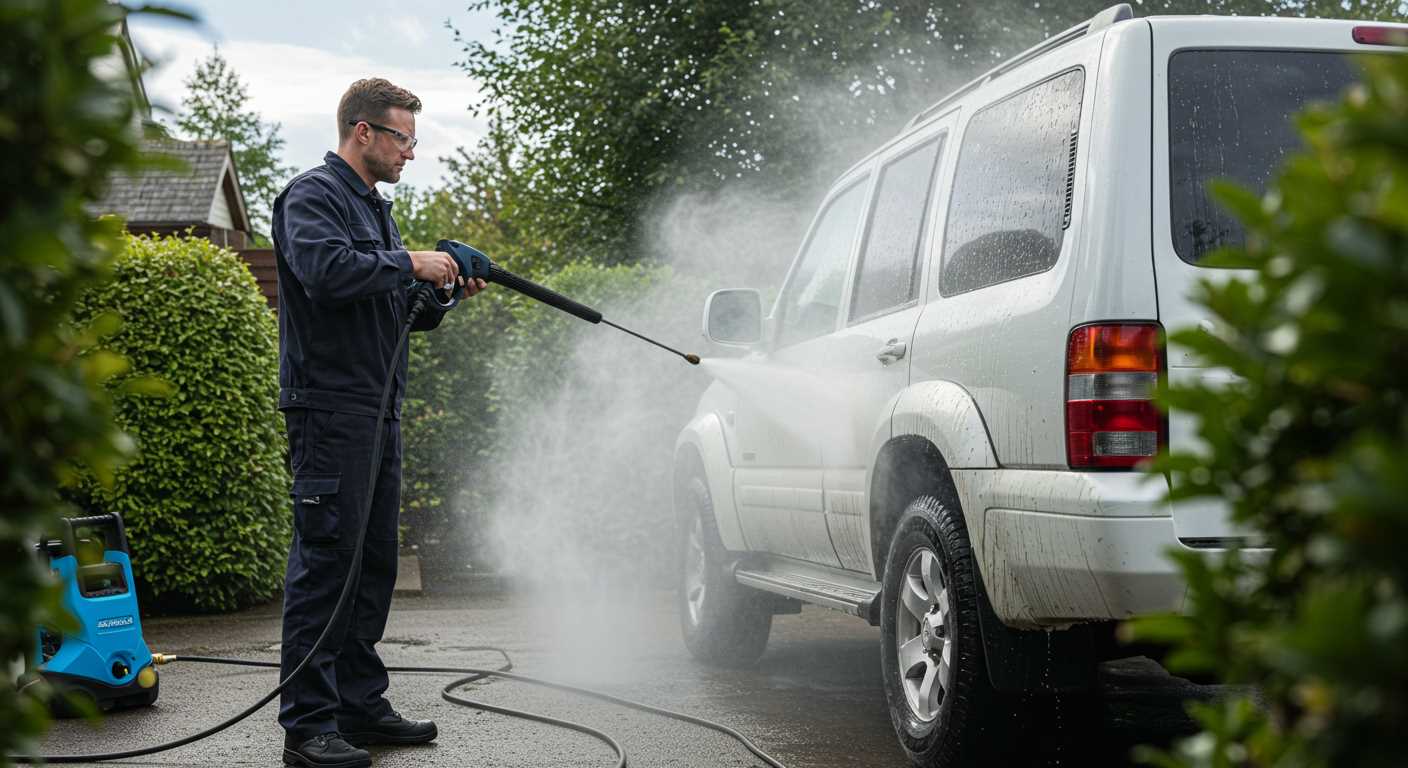
Begin with a thorough visual examination of the pump. Look for any signs of leaks, cracks, or damaged components. Pay close attention to both the inlet and outlet ports; any visible wear can greatly affect performance.
Check for Operational Issues
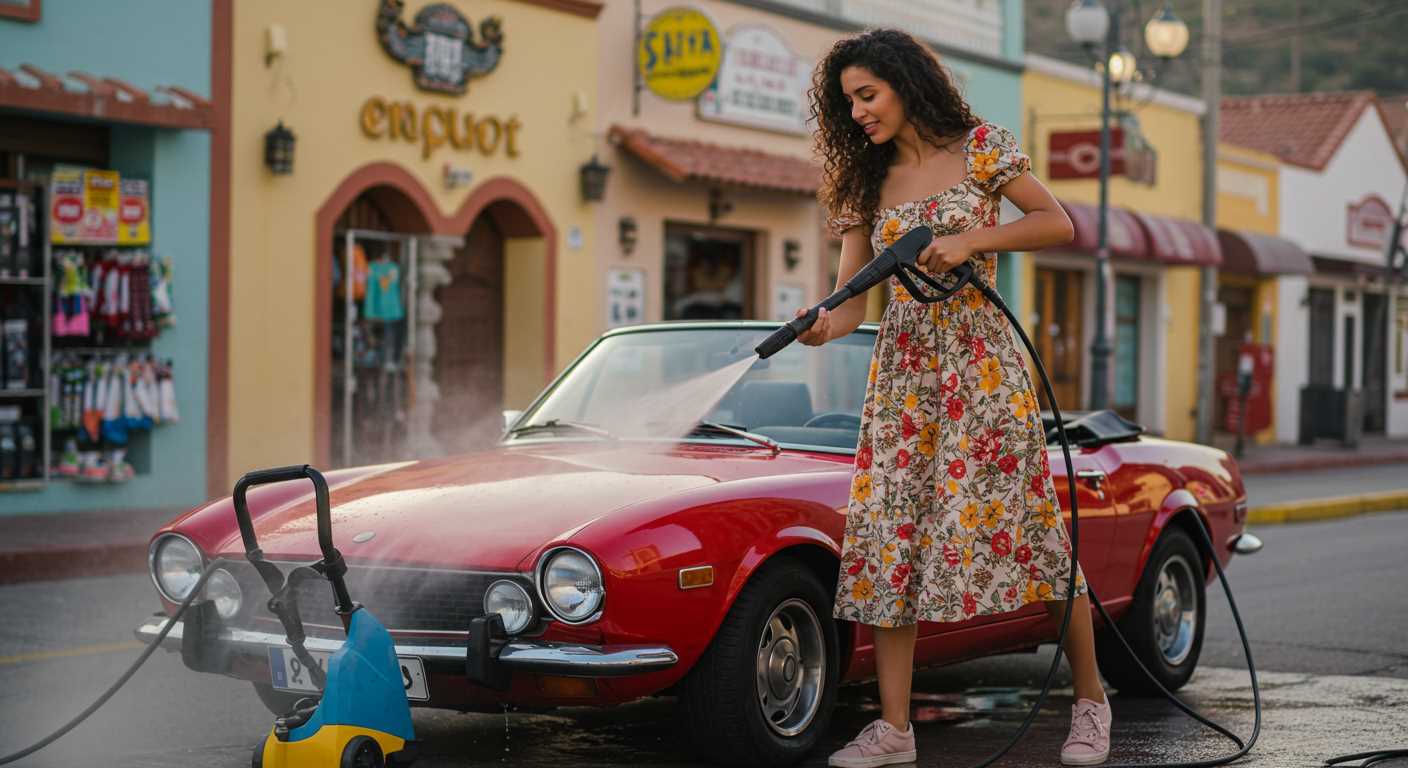
- Listen for unusual sounds while the unit is in operation. A grinding or rattling noise may indicate internal component failure.
- Monitor for any fluctuation in water flow. Inconsistent spray can signal problems within the pump’s mechanism.
Examine the Internal Components
Disassemble the pump cautiously, ensuring to keep track of all screws and parts. Inspect the following:
- Seals and O-rings: Look for cracks or deterioration. Damaged seals can lead to pressure loss.
- Piston and cylinder: Check for scoring or excessive wear. A worn piston will diminish performance significantly.
- Valves: Ensure they are not stuck or corroded, as this can prevent required movement and proper operation.
Clean any debris found in the pump assembly, while also lubricating moving parts as necessary to enhance functionality. After maintenance, reassemble and test for improvements in performance.
Examining the Pressure Switch Functionality
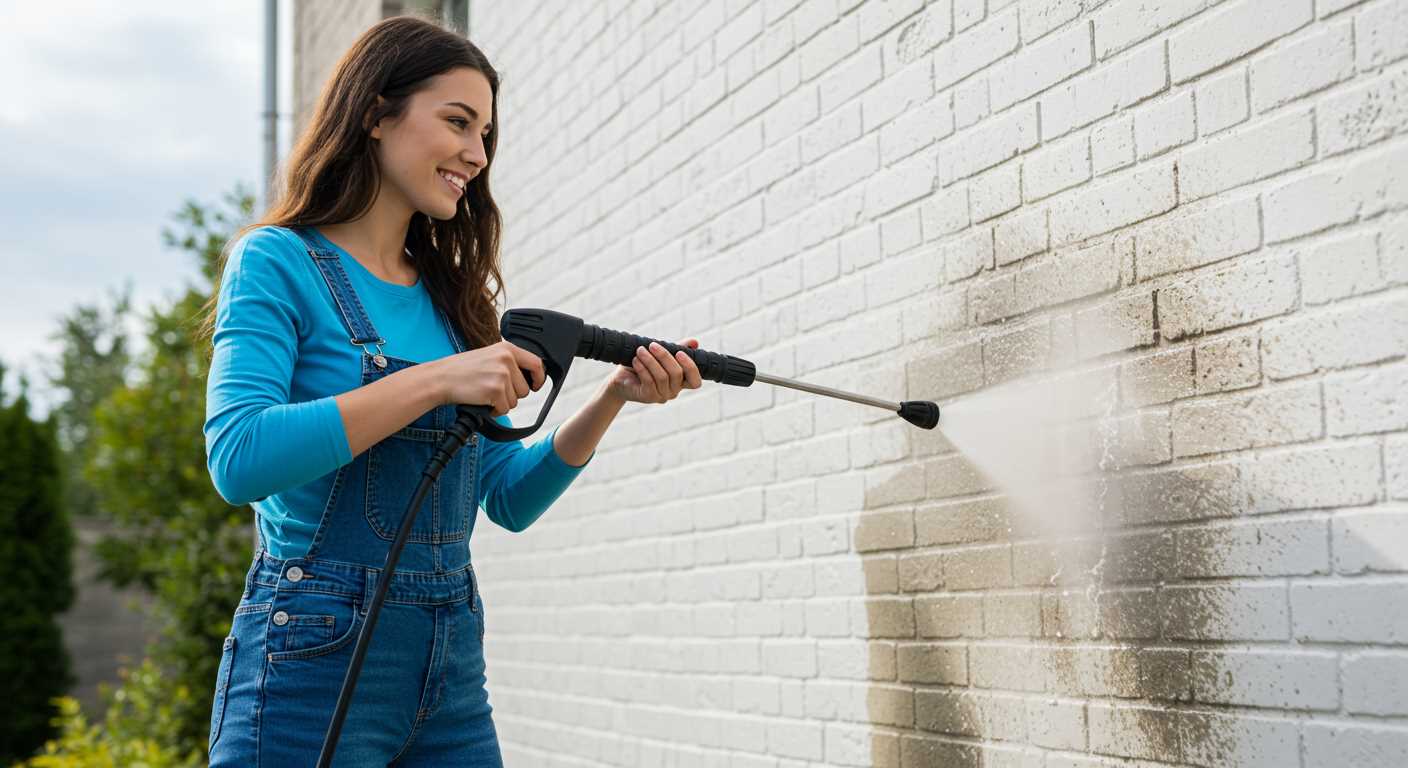
First, ensure the pressure switch is functioning correctly. This component controls the on/off operation based on the system’s PSI. If it malfunctions, inconsistent performance may occur.
- Check for electrical continuity: Use a multimeter to test voltage across the pressure switch terminals. A lack of continuity indicates a faulty switch.
- Inspect the settings: The switch may have adjustable settings for activating pressure levels. Verify that these settings are calibrated according to the manufacturer’s specifications.
- Look for leaks: Examine the pressure switch for any signs of leakage, which can impair its functionality. Replace any damaged seals or gaskets.
- Examine the connection: Ensure that the wires attached to the pressure switch are securely fastened and free from corrosion. Poor connections can lead to inconsistent readings.
- Test the activation mechanism: With the unit turned off, manually engage the pressure switch to see if it activates the pump. If it does not respond, replacement may be necessary.
Regular maintenance of this switch will prevent operational inconsistencies. If persistent issues remain even after this inspection, consider professional evaluation. The integrity of the water system relies heavily on the proper operation of this component.
Testing and Replacing Worn or Damaged Seals
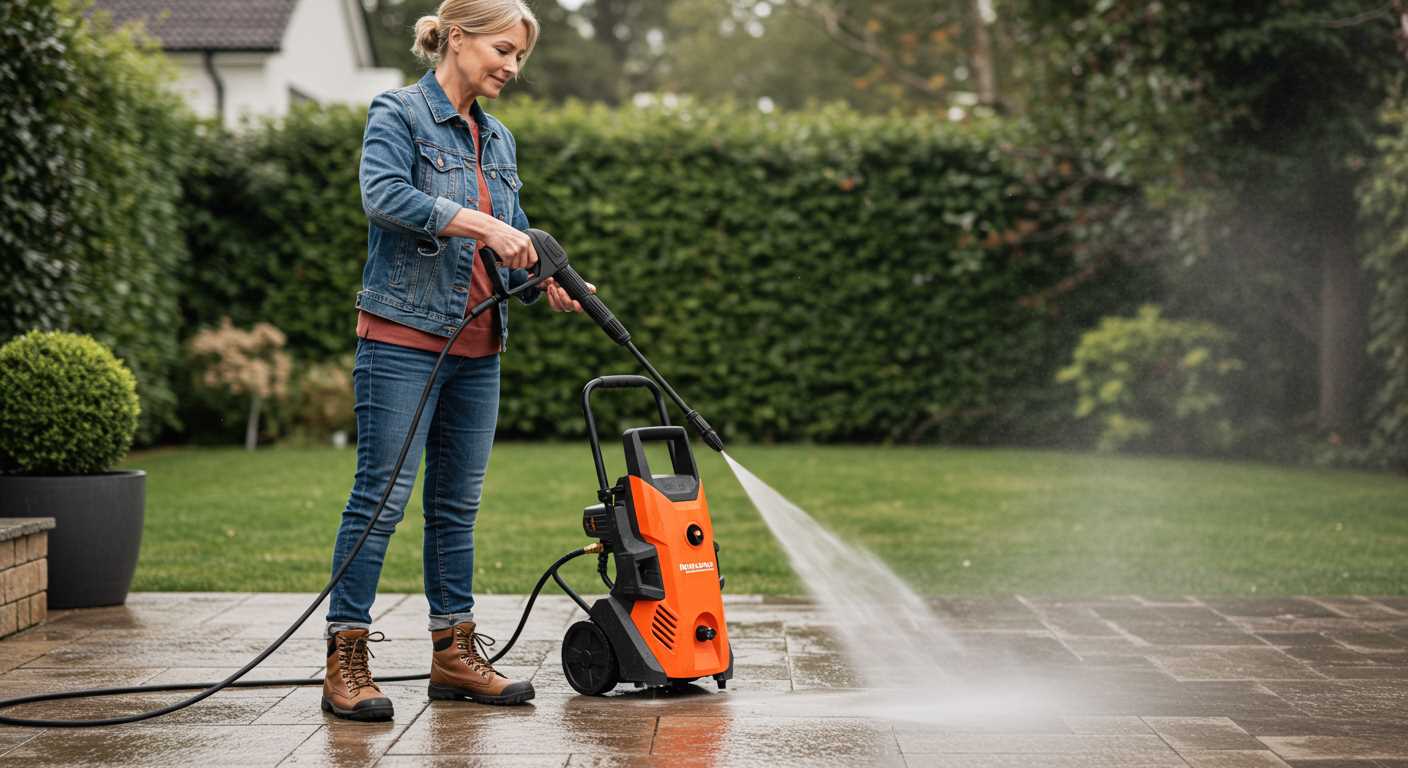
For optimal performance, inspect all seals within the components. Start with the pump’s inlet and outlet seals, then move to those in the trigger gun and nozzle. A thorough inspection reveals cracks, wear, or deformation that may lead to leaks or inefficiency.
Use a pressure gauge to check for drops in performance. If you notice pressure fluctuations, damaged seals might be responsible. Look for moisture around the seals as this can indicate a breach.
For replacement, ensure you purchase seals that are compatible with your model. Typically, they can be found through the manufacturer’s website or authorized dealers. Follow the repair manual specific to your unit for guidance on disassembly and reassembly.
Once replaced, test the unit again under normal operating conditions. Monitor the pressure and listen for any unusual sounds. If everything functions smoothly, you’ve effectively resolved the issue.
Adjusting the Water Supply and Pressure Settings
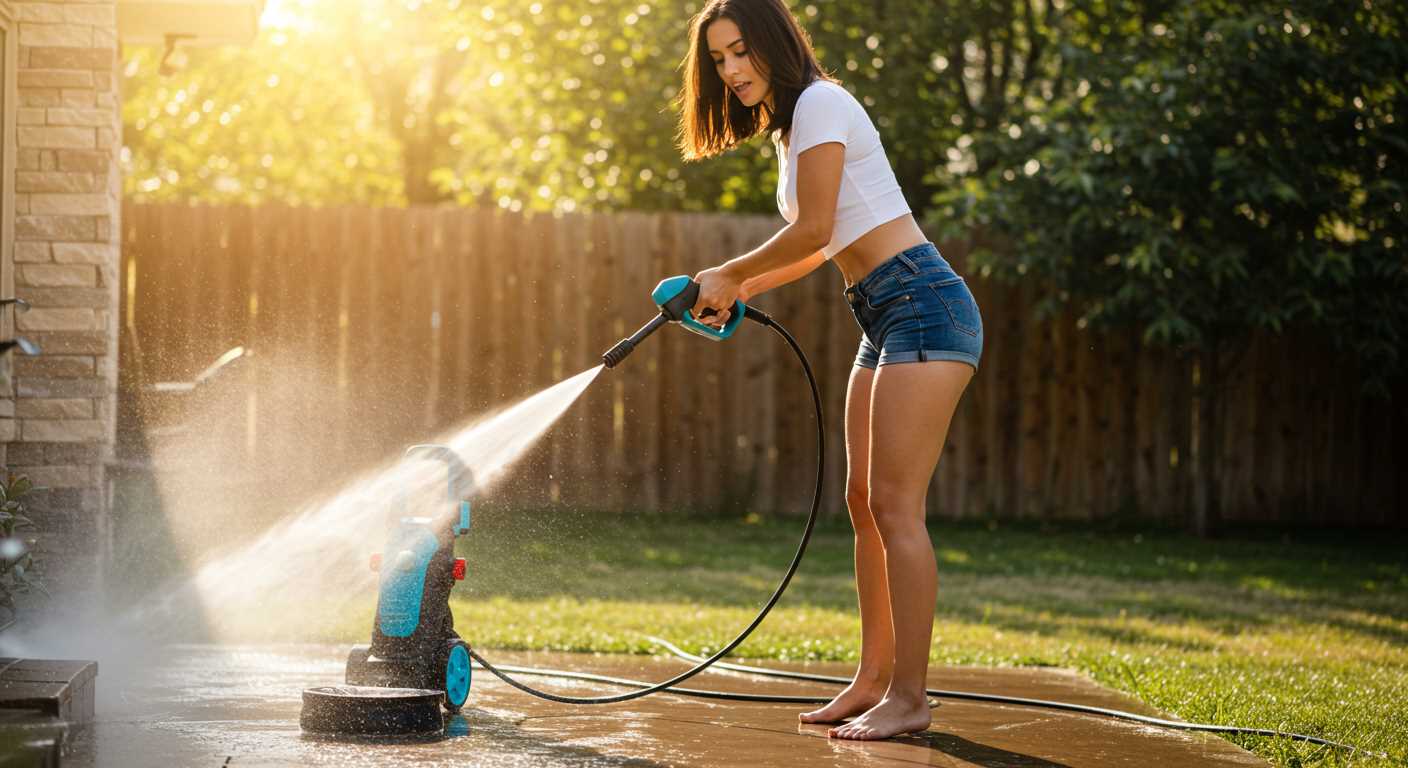
First, ensure a consistent water flow by using a garden hose with a minimum diameter of ½ inch. Check for any kinks or damage that might restrict water supply. The water source should provide sufficient flow, ideally 5-8 litres per minute. If flow tests indicate a lower rate, consider switching to a larger hose or eliminating restrictions in your setup.
Next, assess the inlet filter. Clean or replace it if debris accumulates, as this can hinder water intake and lead to fluctuations in operation. Regular maintenance of this component promotes uninterrupted functioning.
For optimising pressure settings, refer to your model’s specifications. Many devices feature an adjustable pressure control. Start with a mid-range setting, then adjust accordingly based on the surface being cleaned. For delicate surfaces, lower pressure may be beneficial, while tougher tasks might require a higher setting. Always monitor the performance and make incremental adjustments.
Finally, consider using a pressure gauge. It allows for precise monitoring of the output pressure, ensuring it aligns with the manufacturer’s recommendations. If readings exhibit inconsistency, this could indicate a deeper issue with the pump or associated components.
| Action | Recommendation |
|---|---|
| Water Flow Check | Use a hose with a ½ inch diameter, ensure no kinks, and test for a minimum flow of 5-8 litres per minute. |
| Inlet Filter Maintenance | Regularly clean or replace the filter to prevent blockages. |
| Pressure Adjustment | Start at mid-range settings, adjust based on cleaning needs. |
| Pressure Monitoring | Utilise a pressure gauge for accurate output readings. |
FAQ:
What causes a pressure washer to cycle frequently?
A pressure washer can cycle frequently due to several issues. One common cause is a faulty unloader valve, which may not be regulating the pressure properly, leading to fluctuations between high and low pressure. Another reason could be a clogged filter or a dirty nozzle, restricting the water flow and causing the pump to struggle. Additionally, an air leak in the connections or hoses can lead to a drop in pressure, triggering the pump to cycle on and off. Regular maintenance and inspection can help identify and address these issues.
How can I fix the cycling issue in my pressure washer?
To fix the cycling issue, start by checking the unloader valve. Make sure it is set correctly and not stuck, which can prevent it from working as intended. If the valve appears damaged, consider replacing it. Next, inspect the filters and nozzles for clogs; cleaning or replacing these components can significantly improve performance. Additionally, examine all hoses and connections for signs of wear or damage, as leaks can contribute to improper pressure regulation. Lastly, ensure the pressure washer is using clean, fresh water to avoid any performance issues related to dirty water.
Is it necessary to replace the unloader valve if it’s causing cycling?
If the unloader valve is causing cycling and cannot be repaired, it is advisable to replace it. A faulty unloader valve can lead to inconsistent pressure and damage other components of your pressure washer over time. Before deciding to replace it, inspect the valve thoroughly for any debris or dirt that could be causing the issue. If a thorough cleaning does not restore functionality and you observe signs of wear or damage, replacing the valve will ensure that the pressure washer operates correctly and efficiently.
What maintenance steps can prevent pressure washer cycling?
To prevent pressure washer cycling, regular maintenance is key. Start by checking and cleaning the water filters and nozzles to ensure optimal water flow. Periodically inspect and tighten all hose connections to prevent leaks that can disrupt pressure. Additionally, replace worn or damaged seals and O-rings to maintain airtight connections. You should also check the unloader valve for proper function and make adjustments as needed. Finally, always use proper detergents and avoid mixing different chemicals, which can lead to clogs and cycling issues.
Can using the wrong nozzle type cause the pressure washer to cycle?
Yes, using the wrong nozzle type can definitely cause your pressure washer to cycle. Each nozzle is designed for a specific flow rate and pressure output. If a nozzle is too restrictive or clogged, it can limit water flow, causing the pump to run inefficiently and cycle on and off. Ensure that you are using the appropriate nozzle for your specific pressure washer model and the task at hand. If you are unsure, refer to the manufacturer’s guidelines for recommended nozzle types.




